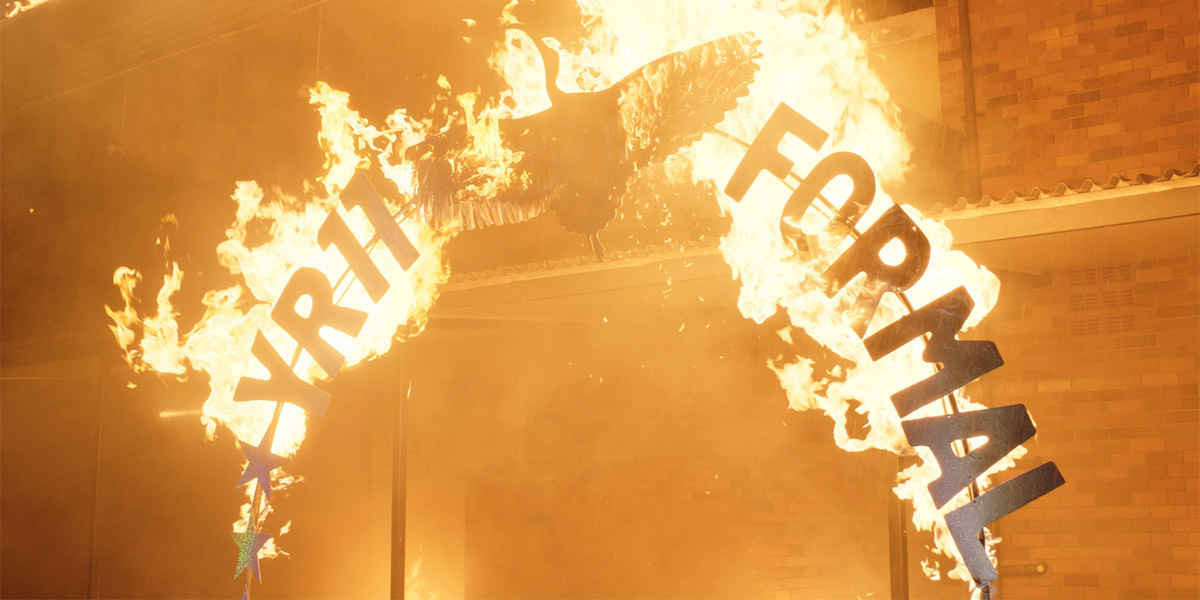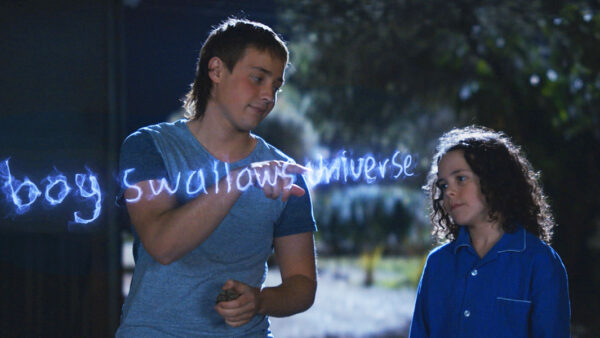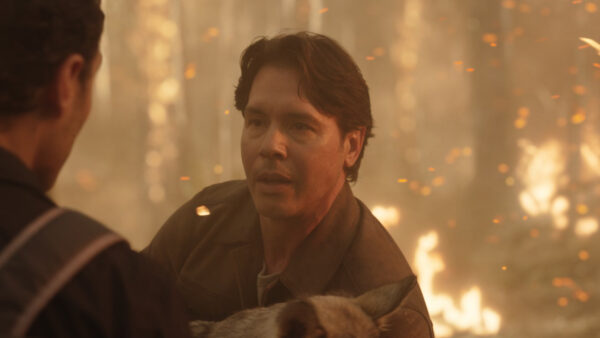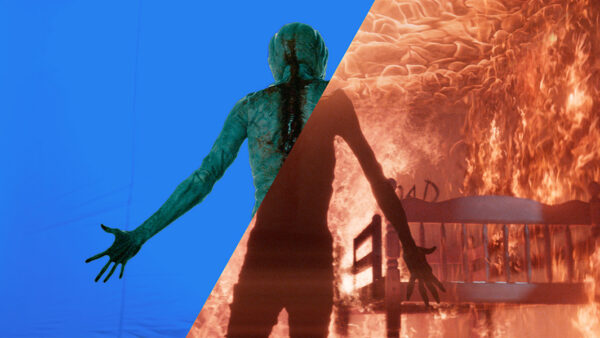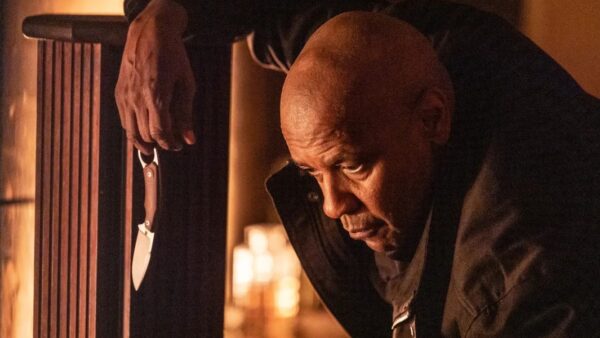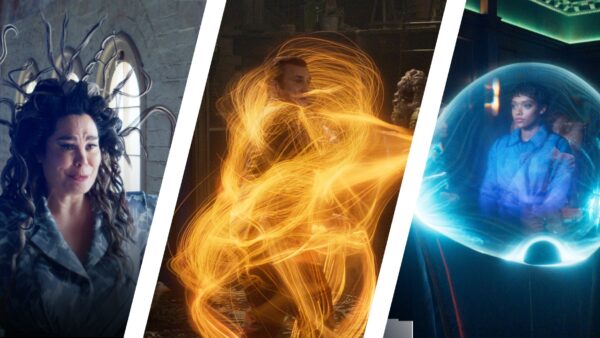Season two of Heartbreak High continues the show’s record breaking run for Netflix, spending its third week in the Top 10 list of globally streamed shows, racking up a whopping 50 million viewing hours in the process.
Helping to deliver one of the show’s most explosive scenes was visual effects house Future Associate, whose expertise in virtual pyrotechnics were called on to add photorealistic fire and enhance smoke in episode eight of the series.

Deploying CGI smoke offered the show’s production team the advantage of having greater control over the final shots, thanks to the ability to finetune the effect’s appearance in post.
Careful planning was required to accomplish this effect in a way that convinced audiences that the smoke is in the scene with the characters. Camera movements were tracked by Future Associate’s animators and recreated in 3D software, along with objects and set pieces in the scene, to create the illusion that the camera is moving through real smoke, and that the CGI clouds were flowing around objects in the shot.

Virtual, colour matched lighting was also added to the 3D sets, in order to replicate the in‑shot lighting and create the effect of rays beaming through the smoke.
Particle simulation software Embergen was used to generate this 3D particle effect, with animators pre-filling virtual sets with smoke, prior to “rolling camera” on a digital recreation of each take. The rendered footage could then be composited into the plate footage, allowing for a seamless blend of digital and practical shots.
Along with the smoke, adding virtual fire also played a large part in completing scenes for the episode, with Embergen again being deployed to generate photorealistic flames, both to generate completely new effects, as well as to complement in-camera pyrotechnics.
Much like the smoke scenes, Future Associate’s animators were able to map fire to specific sets and props, creating real‑to‑life effects without any of the risk normally associated with large fire rigs.
Prior planning on shots was a crucial factor in the success of these effects, with stand‑in lighting, markers, and some real fires helping to guide the animators while avoiding heavy retouching in post. In some scenes, a combination of both CGI and practical fire was able to be deployed, working to the strength of both techniques.
One significant shot Future Associate delivered for this episode was the ‘Flaming Richard’ phallic graffito burned into the show’s schoolyard.
Development of this shot started with animators honing in the desired shape of the monumental firetrail, achieved by hand drawing over the plate shot using a tablet device.
This initial drawing was then used as a guide in the 3D software Houdini where the outline could be animated to move like a spreading fire. Thickness and random noise were also added to this shape to give it a more realistic feel, before Embergen was deployed for the final fire render.
This process allowed animators to rapidly develop the look and timing of the shot, narrowing down on exactly what the show’s production team had in mind.
The final 3D shape could also then be quickly re-deployed for other shots, accomplishing a photo-real final scene, without the awkward negotiation of having to burn that shape into a school oval.
Watch the full VFX breakdown of Future Associate’s work below:
Find out more about how Future Associate could help with your next project by contacting Future Associate’s Visual Effects Supervisor Lindsay Adams:
[email protected]
+61 403 229 116
